Pediatric Seizures – Early Detection, Effective Treatment
A seizure is characterized as “an event of altered brain function which is caused by abnormal or excessive electrical discharges from brain cells” (Mickie’s Miracles, 2019).
Seizures are quite common. As a matter of fact, fatal seizures killed more people in the past 12 months than breast cancer. Although according to the CDC, the numbers are a bit uncertain as seizure-related deaths are usually grouped with drowning, choking and suffocation deaths.
If more people live with Epileptic seizures than Autism Spectrum Disorders, Parkinson’s disease, Multiple Sclerosis and Cerebral Palsy combined, why is there so much uncertainty? Speaking of uncertainty, how does one detect a seizure? What happens during a seizure may appear different from person to person- especially during pediatric seizures. While about 5% of children will have a seizure by the time they’re 16 years old, and more than 45,000 children are diagnosed with Epilepsy each year, the appearance of symptoms during a pediatric episode can vary greatly.
Phoenix Children’s Hospital knows how vital it is to catch and treat those varying symptoms quickly and effectively. They also know that, in the throes of an emergency call, a newly-certified EMT might need a reliable resource to help with identification.
With GD CAREpoint’s Forms application, Phoenix Children’s Hospital can now bridge the gap between uncertainty and targeted effective treatment. With preset forms at their fingertips, first responders can quickly assess a pediatric seizure and begin life-saving treatment.
Is the child staring or unresponsive? Do they seem confused? Are they experiencing jerks or twitching? Are they wandering, shaking or falling? Lip smacking? Is this a febrile seizure? Unfebrile seizure? A rare, fatal seizure?
That is definitely cause for a fair amount of questioning. Luckily, with one glance at the hospital’s preset form, first responders can assess the situation and begin treatment immediately.
Pediatric seizures, while common, are still at the center of much uncertainty. Unfortunately, there is absolutely no time for questions. Phoenix Children’s Hospital and GD CAREpoint have eliminated the uncertainty.
About GD (General Devices)
GD enables smarter patient care by empowering hospitals, EMS, community healthcare and public safety with the most comprehensive, interactive, configurable, affordable, and integrated FDA listed medical communication and mobile telemedicine solutions. The benefits of which are enhanced workflows, minimized risk, reduced costs and improved patient outcomes.

